Cynthia Bandurek is an Argentinian Biologist (Ecology), Field Naturalist, Nature photographer and wildlife artist.
Cynthia is PT Explorers’ Contributing Editor for South America
https://cynthiabandurek.com https://www.instagram.com/ cynthiabandurek_artphotography/
How did your interest for wildlife arise?
I think the interest in wildlife is innate in me. Since I can remember, I felt attracted to nature and I was concerned about the impact we as humans produce in the environment. Even as a child, I read several books about environmental conservation. I decided to study Ecology first and then have a career as a naturalist. Being a naturalist led me to get involved in several conservation projects, as it also allowed me to work for more than 11 years in the Museum of Natural Sciences of Buenos Aires, becoming involved in environmental education projects and interpretation trail design.
My passion was so strong that I never had doubts about what my personal and professional paths would be.
How do you describe your journey as a photographer and a person?
I discovered photography while studying for the naturalist career. At first it was a tool for registering the species that I was to study, but I immediately fell in love with it. I began to study to be a selftaught photographer, and little by little photography became a fundamental part of my life, and an effective tool to transmit my values about nature and the importance of every creature in this magnificent world.
Art in relation with the natural world has always been part of me. As a child I spent hours painting and drawing animals as a self-taught artist. Art runs through my veins as a family legacy. My grandfatherand his brother were recognized artists. Having knowledge in artistic and compositional matters made learning photography easy, as it was about learning the technique.
Discovering photography was an important event in my life; with it I found the perfect way to use and spread my scientific knowledge in favor of mother nature, it allowed me to touch the minds of people that often remain oblivious to this natural universe. The small natural world caught my attention, which led me to specialize in macro photography, because through the lens we can perceive an entirely different universe, that our own biology prevents us.
What is your view on Nature Conservation? How can we, as wildlife photographers, help to protect our Mother Nature?
Almost all my life is about nature and almost everything is about leaving an effective message about the value of life. Photography, as an artistic expression has a big impact in the viewers. The famous principle of pictorial superiority “A picture is worth a thousand words”. And if we add a message, transmitted with sensitivity and passion, the power is even bigger.
In September of 2017 I self-published my first book ( The World of Small, an Approach to the Universe of Arthropods from an Artistic, Visual and EvolutionaryPerspective ) that unites scientific knowledge and photography, in this specific case about the universe of arthropods. There is particular focus and thought given to counteract the negative connotation that involves the arthropods, when a feeling of fear and uncertainty prevails for the unknown.
Can you give our readers the best macro photography tips? Do you have any recommendation on settings or gear for macro photography?
The complexity of macro photography, especially of living beings like arthropods is because all the variables are on the limits. There is no depth of field, there is no light, the possibility of trepidation is
big, the distance of focus is short, and of course in most cases the animal doesn’t stop moving. I think the best way is to have control of all the parameters of the camera, the only ones we can control… nature has its own rules.
I would recommend…
• First, be patient. You will really need it.
• Spend time in the field practicing.
• Learn about behavior of animals.
• Use manual mode of the camera (Controlling the opening of the diaphragm, the shutter speed and ISO, and especially its consequent DOF)
• Use the manual focus mode. Trying to focus by varying your distance to the subject.
• Use flash with a diffuser in manual mode too to have control of the scene light.
• Approach the subject carefully and slowly.
• Pay attention not only to the subject but also to the background and always think of composition.
• And always be respectful of nature.
What plans do you have in the future related to Wildlife Photography?
This year I am invited to talk about Macro Photography and Conservation in two events in Argentina. One of them in the International Nature Photographer Meeting, in Formosa Province (August) and the other in the Nature Photography Congress in Buenos Aires City (September).
I am thinking of a new project, probably a book about the vegetal world, but again with an artistic point of view. Using the conjunction of artistic techniques of photography and scientific knowledge.
In July, I will be in Ecuador, traveling in its forests: Choco and Amazonas, photographing its biodiversity.
Tell us something about the gears you use and how it helped in your photographic journey?
I use a Canon 6d, a Canon 100mm 2.8 macro, flashes, Raynox lenses and extender tubes and a handmade diffuser.
But I think you must take advantage of the equipment you have and try to do the best with it.
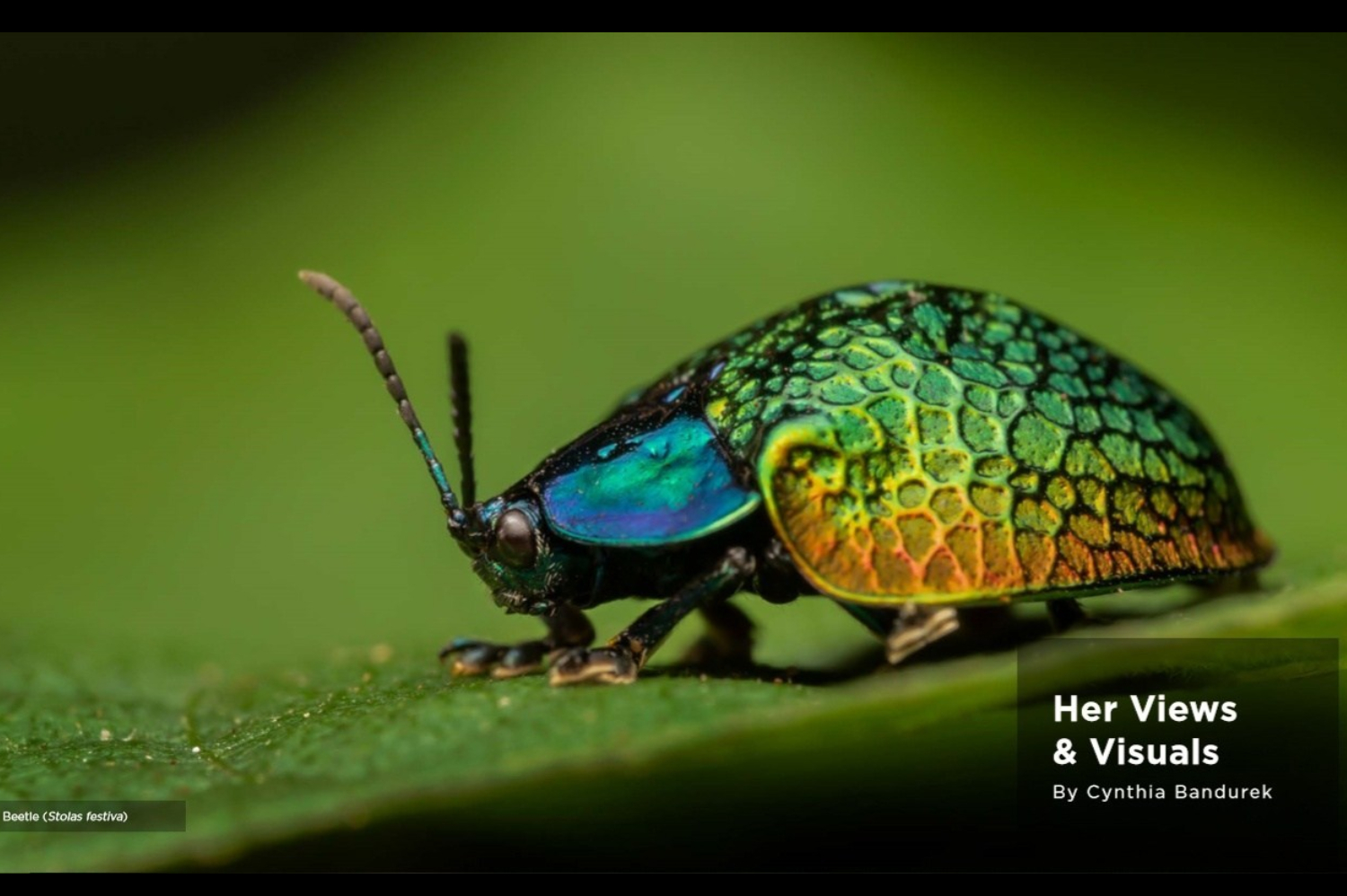
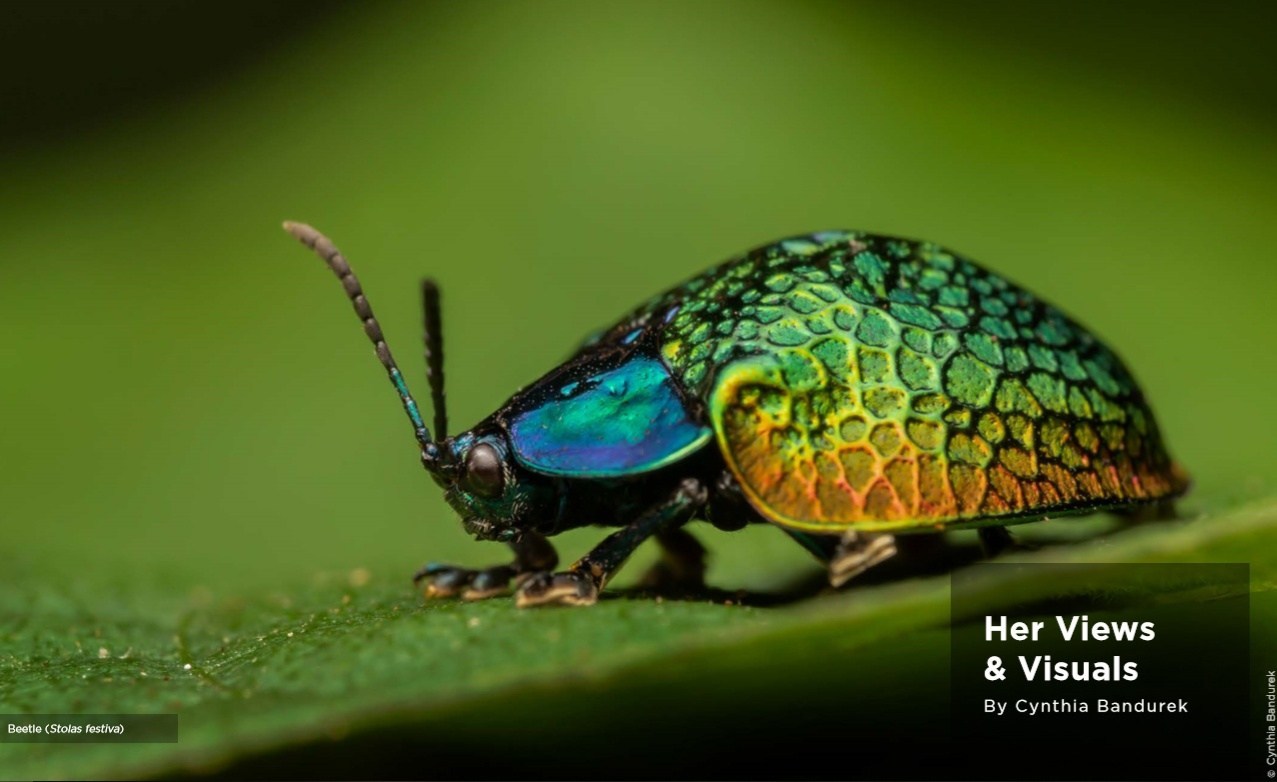
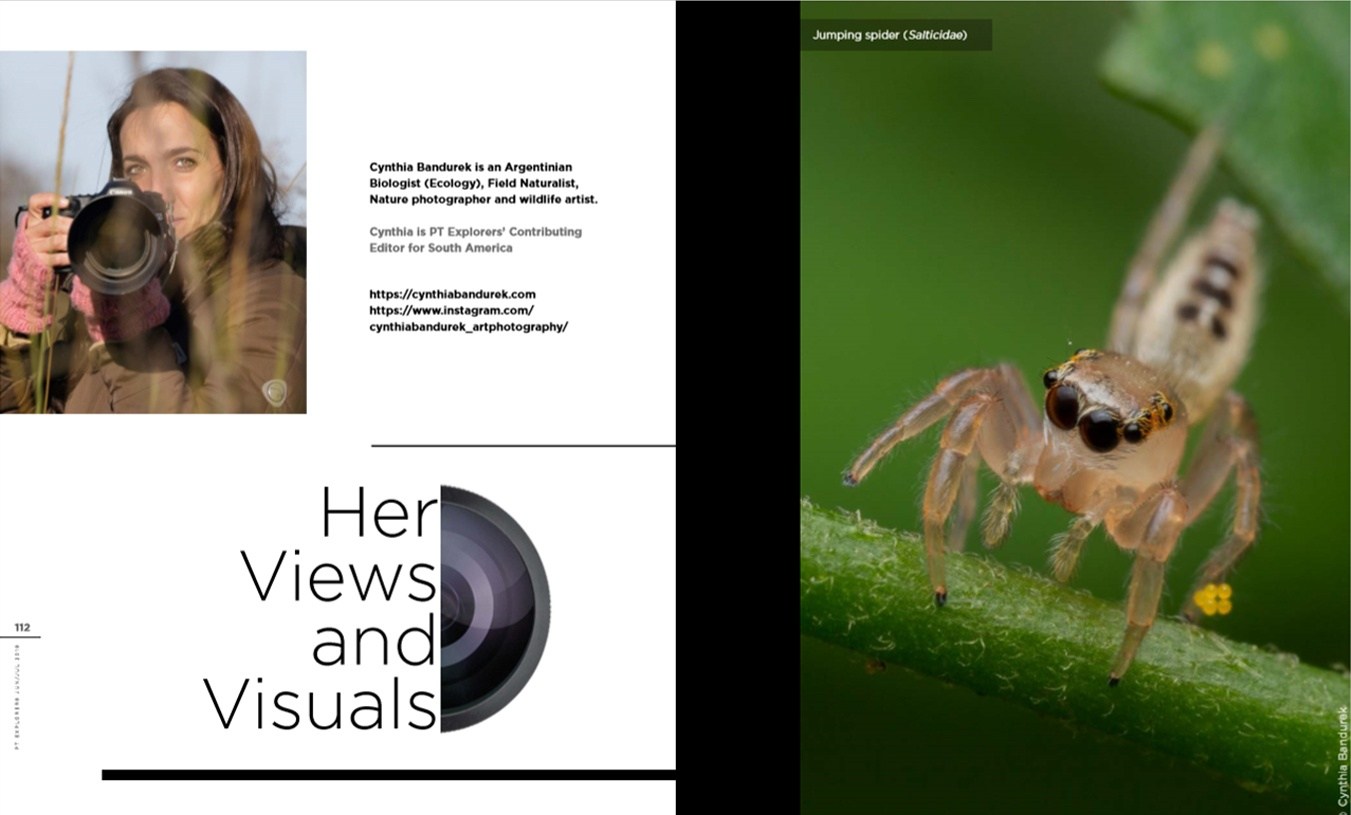
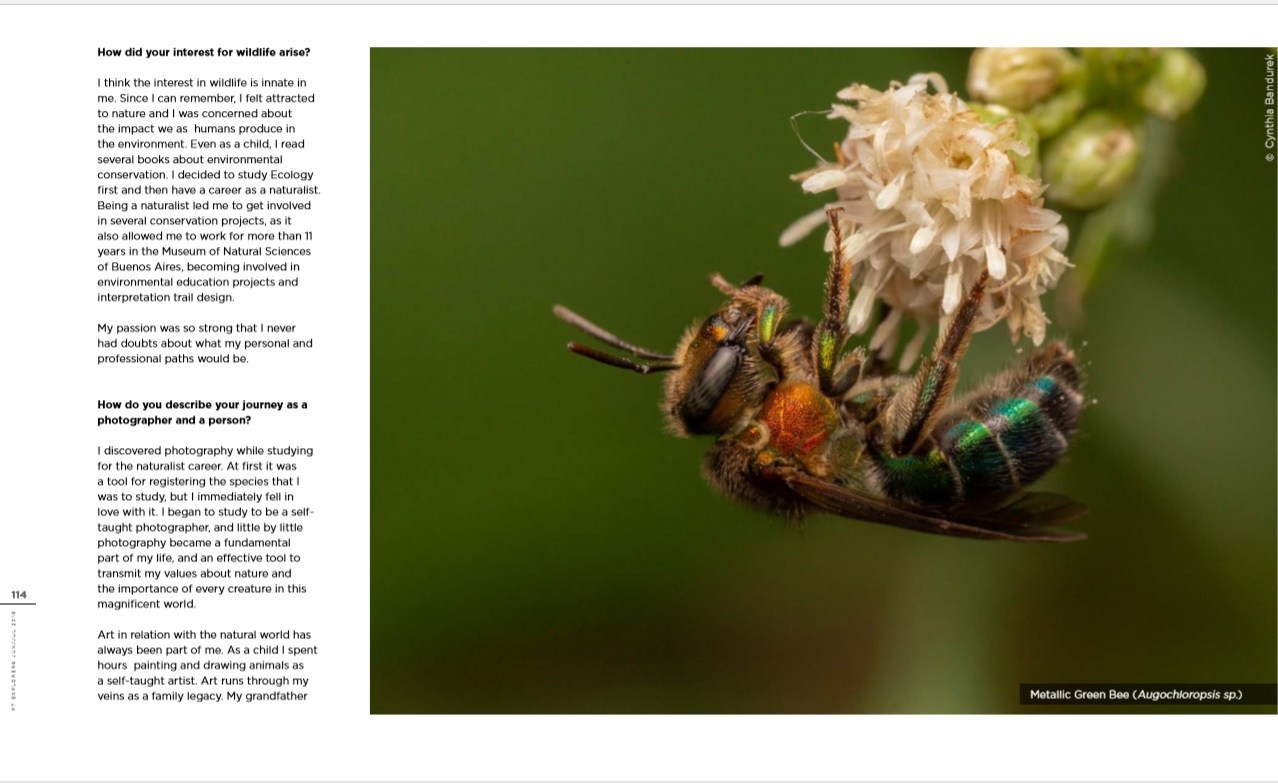
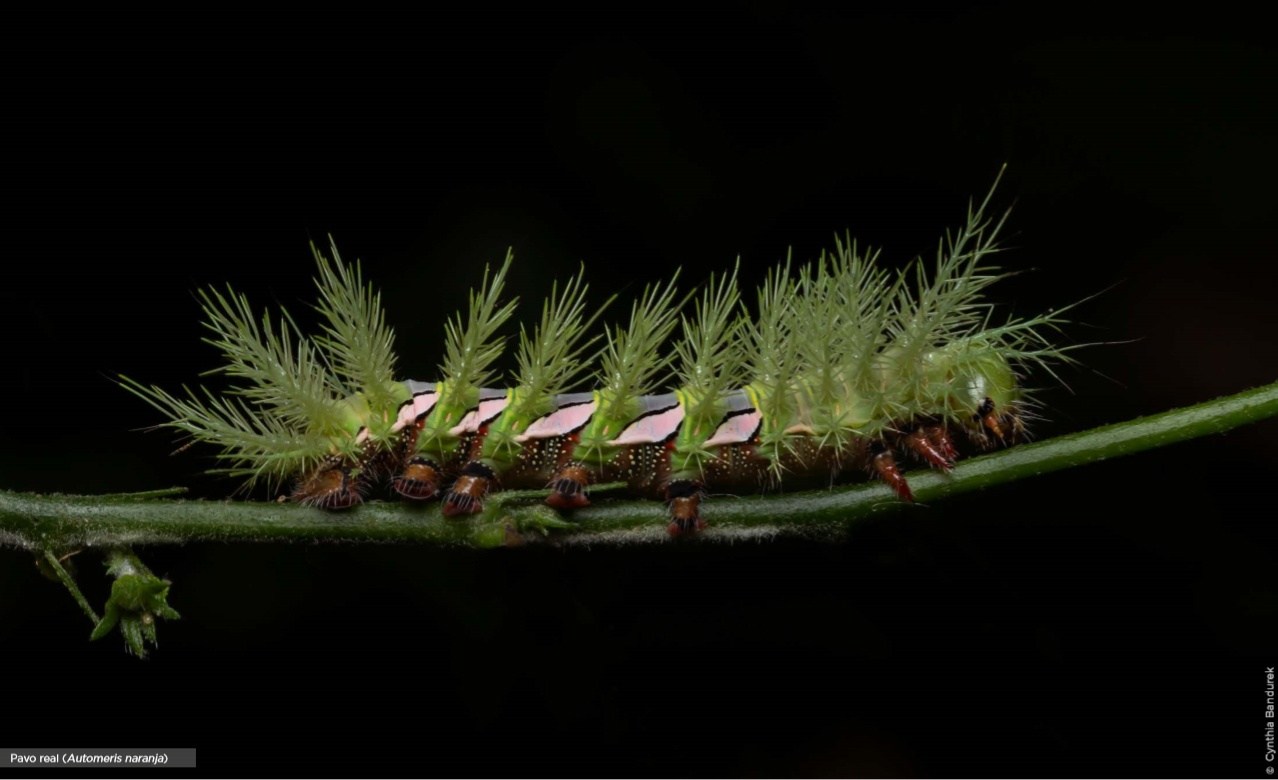
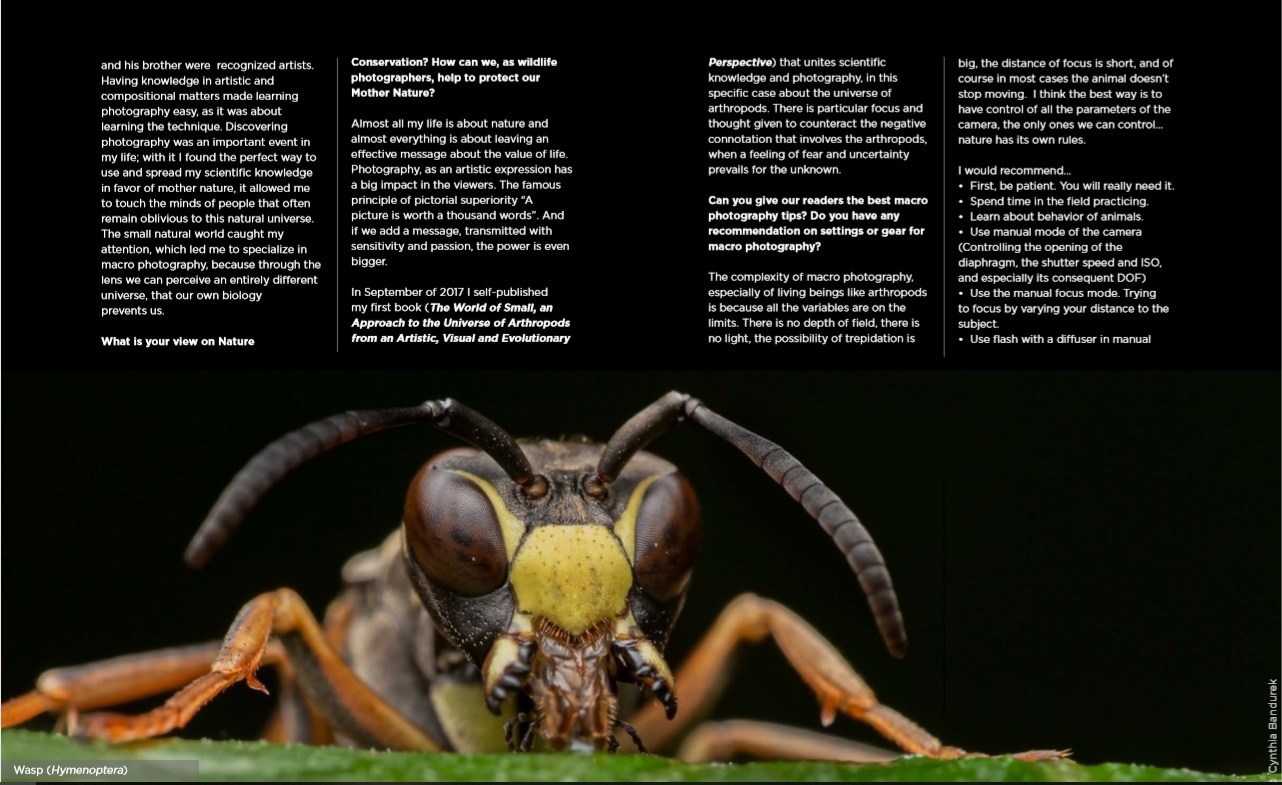
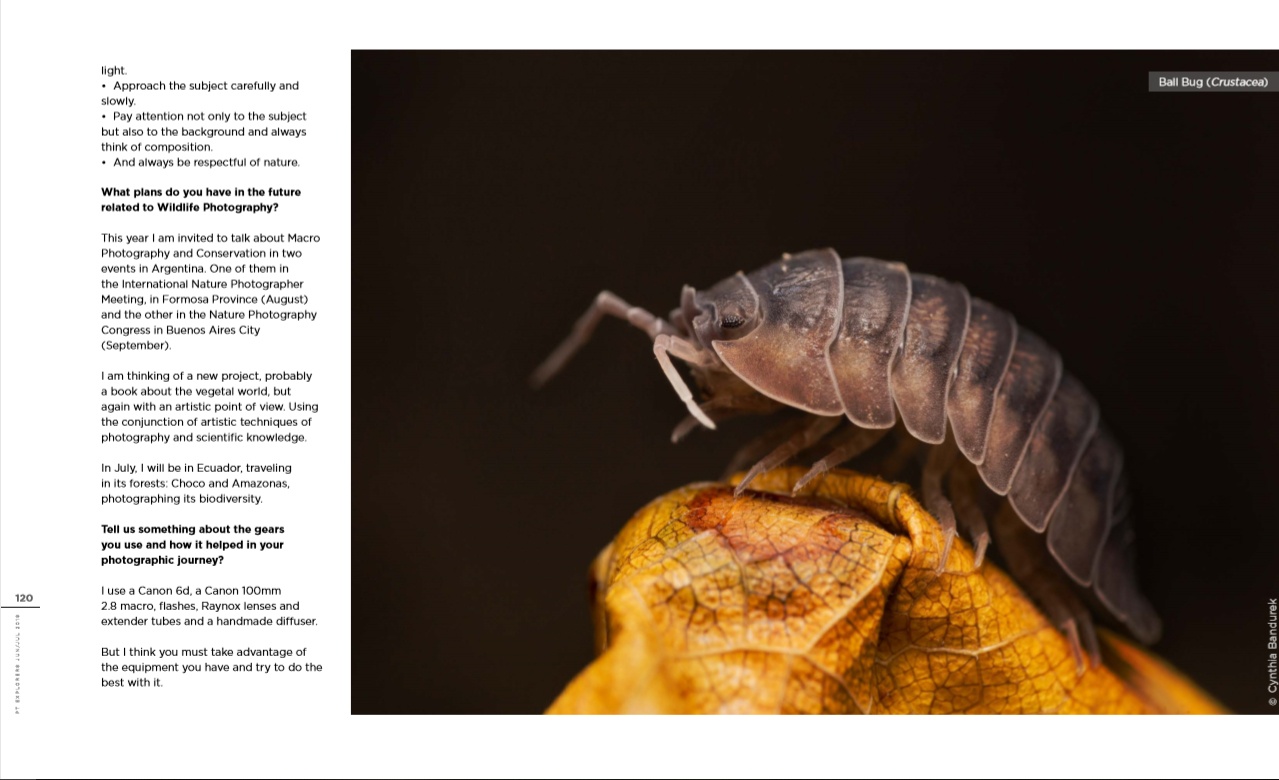
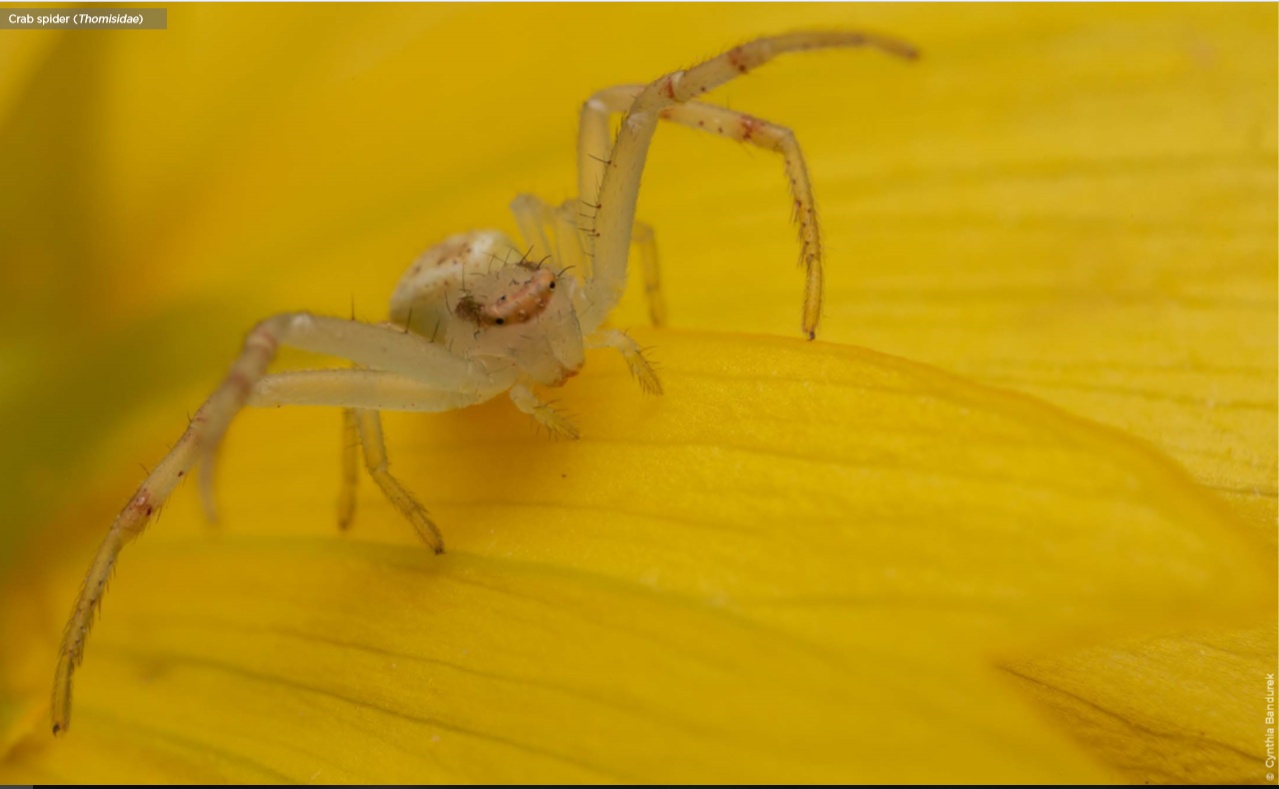
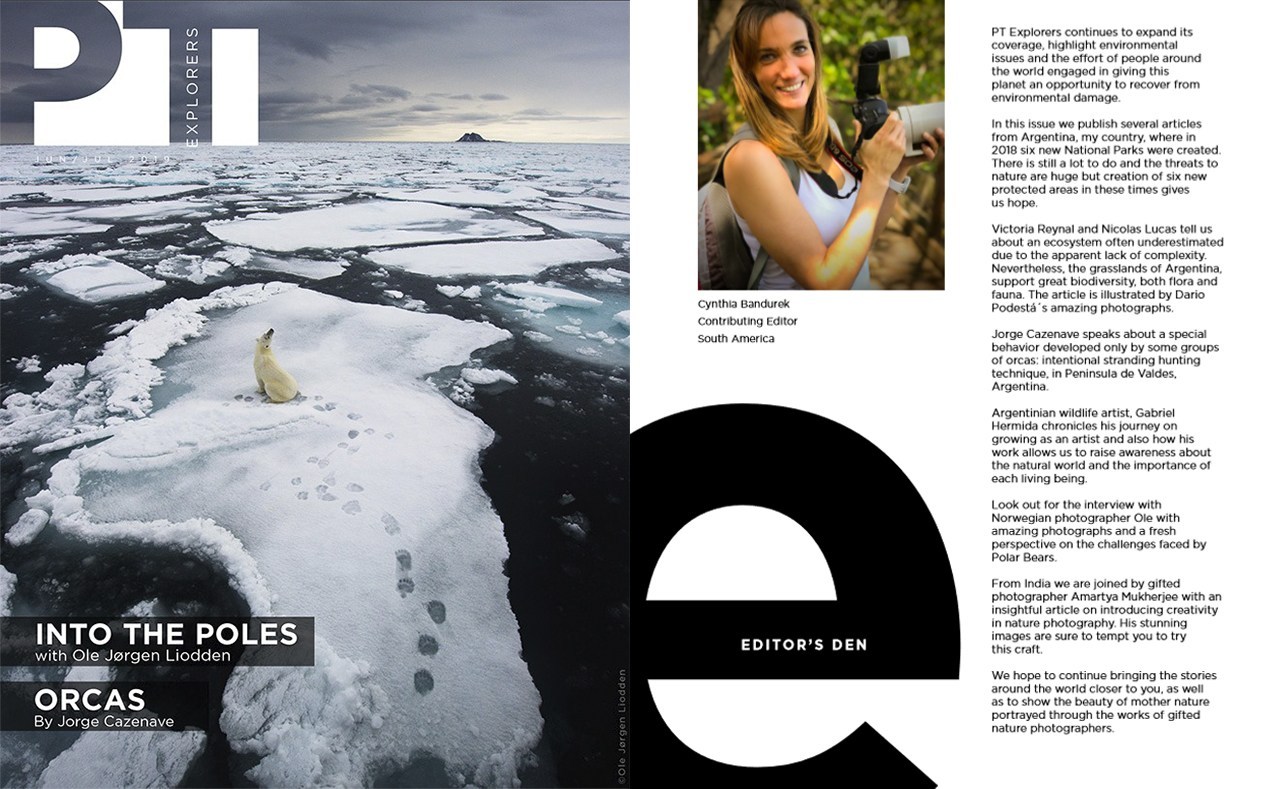

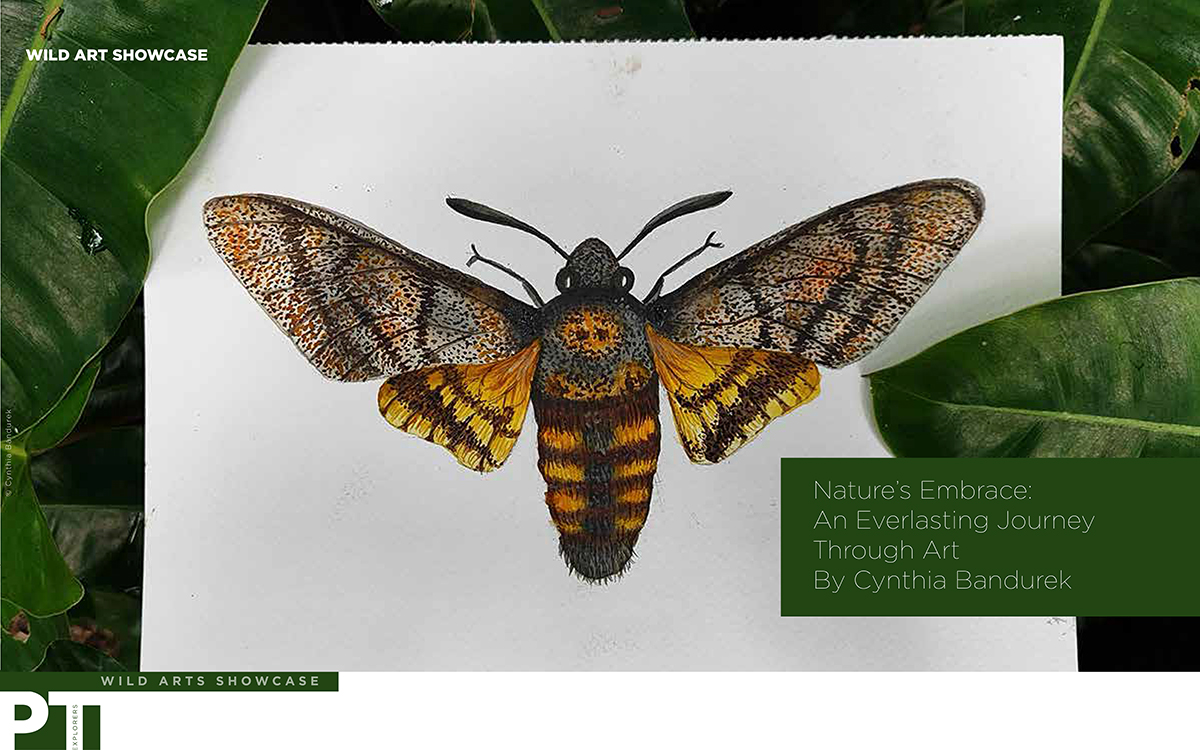


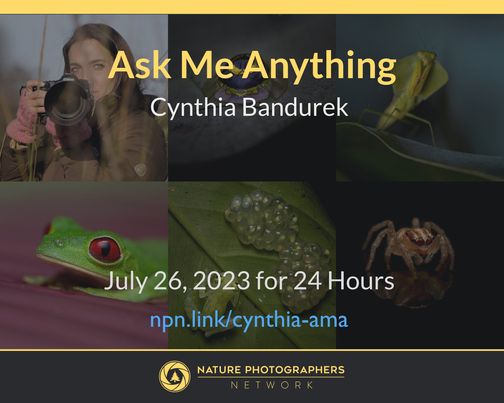


Leave A Comment